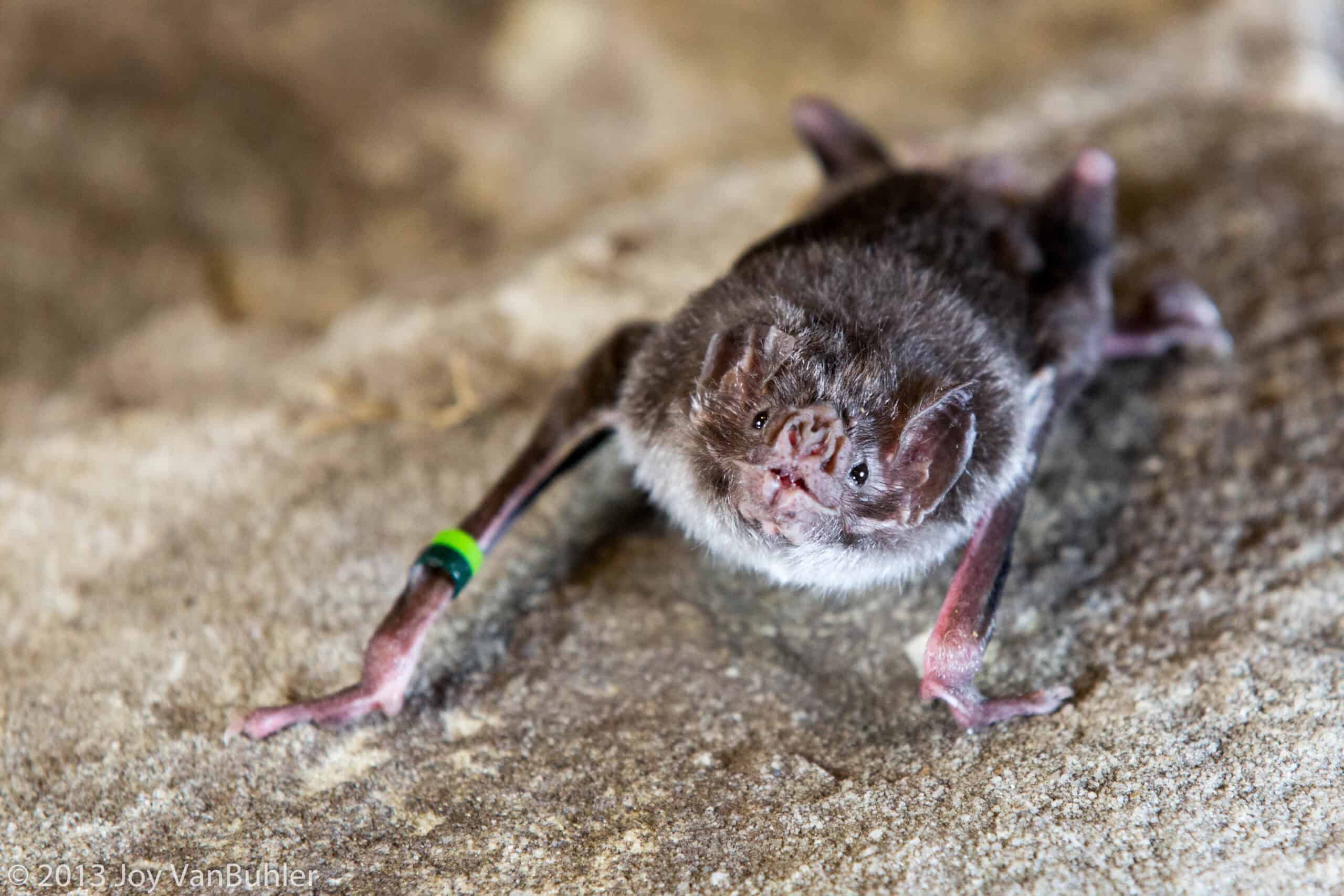Share this article
Flat river valleys serve as hotspot for mountain wildlife
When renowned conservation leader Harvey Locke hiked through the Flathead River Valley with TWS member Ric Hauer in 2008, he already knew the area was a hotspot for wildlife. But, like most people, he thought the river ended at the bank. He was therefore perplexed when Hauer told him they had been walking on top of the river for half an hour.
“I said ‘we’re standing on a pile of gravel that has the river running through it.’ And he goes, ‘’you’ve got to be kidding me,’” said Hauer, a river ecologist at the University of Montana.
Hauer explained that in certain places, river water circulates freely through lattices of stone that can fill entire valleys, extending a quarter mile from the central channel. Now, Hauer, Locke and a diverse team of biologists have pooled their expertise to reveal just how critical these “gravel-bed river floodplains” are. According to a paper published last month in Science Advances, such floodplains are the ecological nexus of glaciated mountain landscapes, supporting everything from songbirds to bears.
Gravel-bed river floodplains are found in mountain ranges around the globe, including the Himalayas, the Andes and the Rocky Mountains, says Hauer. They develop when a river spills from a narrow bedrock channel into a broad basin, eventually filling the basin with rocks of various sizes. Water circulates between these rocks, carrying nutrients that support rich plant and algae growth. At the same time, the central channel constantly changes course, creating diverse micro-environments.
“Because the river is moving around on this system, carrying out old surfaces and creating brand new ones, there is a continual new life restarting on the flood plain,” said Hauer. “You end up with a mosaic of habitats.”
As a river ecologist, Hauer knows all about the shifting waters and the microbes and insect larvae that live between the stones. But that day with Locke, he didn’t fully appreciate how important the floodplains were to larger animals. Likewise, he says, biologists in other fields often don’t know how gravel-bed river floodplains work, and how those processes affect their own study species. Recognizing this communication gap, Locke invited Hauer to give a presentation to a group of biologists, sparking a collaboration that culminated in the Science Advances review paper.
“Ric’s whole subject matter was really ground-shaking, not to just me, but to everybody,” said TWS member Michael Proctor, leader of the Trans-Border Grizzly Bear Project and one of the first biologists to come on board.
During a three-day conference, the authors discussed the diverse ways animals rely on gravel-bed river floodplains. For example, elk (Cervus canadensis) and other herbivores are attracted to the rich plant life. Wolves (Canis lupus) follow the elk, often digging dens in banks eroded by the shifting channel. Amphibians breed in small ponds that appear and dry up before predators can find them. Dynamic conditions on the floodplain create ponds of various temperatures, supporting diverse amphibian species.
More than 70 percent of bird species in the Yellowstone-to-Yukon region rely on gravel-bed river floodplains for at least part of their lifecycle, according to the paper. Shorebirds live on the floodplains year-round, while flycatchers and raptors go there to breed. Even species that nest in the uplands often stop briefly in floodplains when they arrive from their spring migrations.
The floodplains are especially valuable early in the spring. The growing season starts sooner there, thanks to comparatively warm water during the winter, says Hauer. Grizzly bears (Ursus arctos) head to the floodplains when they emerge from hibernation, rebuilding their fat reserves by feeding on the lush vegetation.
Gravel-bed rivers also connect distant grizzly bear habitats, stretching across the valleys between mountain ranges. Grizzly bears’ use of these habitat corridors demonstrates the importance of gravel-bed rivers across a huge geographical scale, “all the way out to a grizzly-bear meta-population,” Proctor said. But the same resources that attract wildlife to the floodplains also attract humans. When people settle and farm in the fertile floodplains, they sever the arteries linking grizzly bear populations.
“As those gravel-bed rivers get filled up with humanity, with our transportation corridors and our settlement corridors, that is what fractures the grizzly bears,” said Proctor.
Habitat fragmentation isn’t the only way humans are harming mountain ecosystems. They are also choking off the water that feeds the systems, says Hauer. By building dams and stabilizing banks, humans prevent rivers from flooding and shifting. The open latticework of the floodplain eventually fills with fine particles, cementing the river into a narrow prison. Nutrients stop circulating, water stagnates and the ecosystem dies.
Humans have already destroyed most of the gravel-bed rivers in Europe, says Hauer, and they are rapidly doing the same in North America.
“It is the dynamic nature of the river that is the fundamental driver of this entire system,” he said. “What we’re doing, and what we are allowing ourselves to do societally … is strangling these rivers, so that what we end up with is something that is only a shadow.”
Header Image: The Flathead River meanders through a basin. Beneath the gravelly floor on either side of the channel, circulating water nourishes the floodplain ecosystem. ©Harvey Locke








